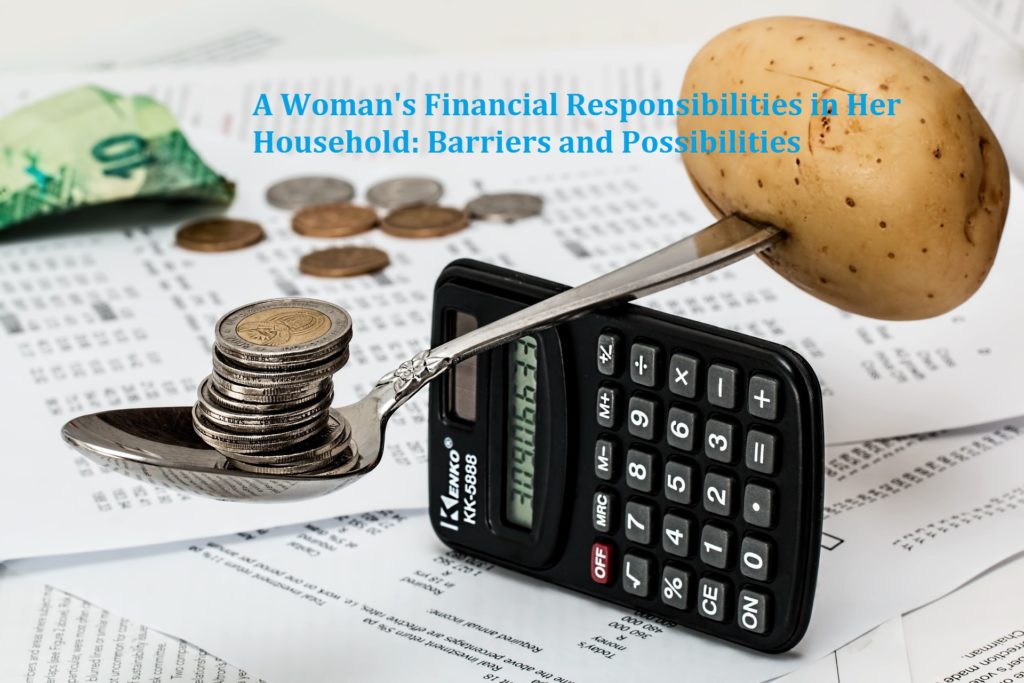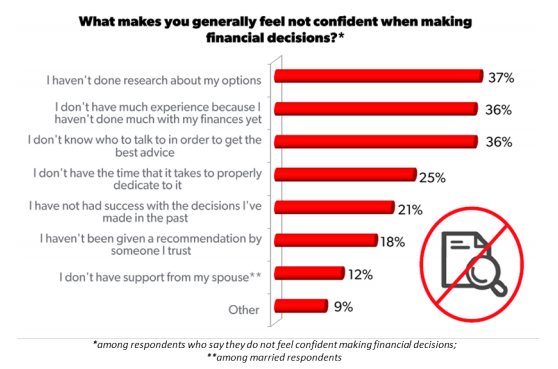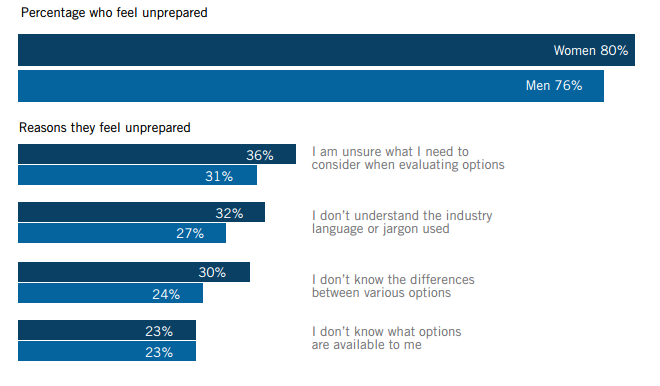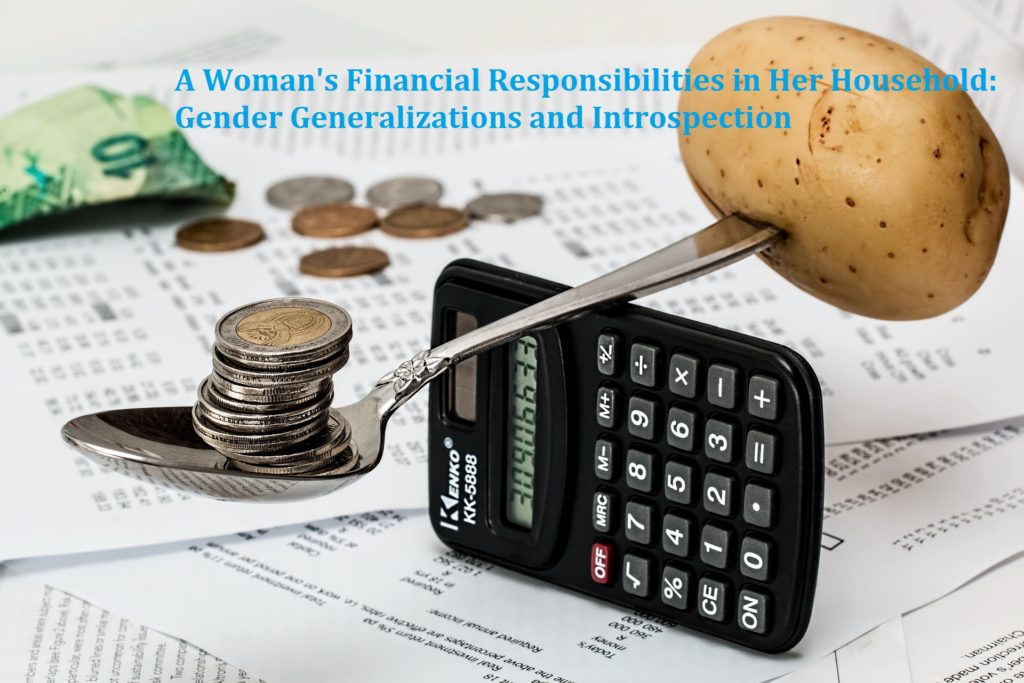
In this post I discuss the connection between savings rates and years to achieving financial independence. I use my family’s financial situation as an example to illustrate this powerful connection. By the end of having read this post (and the previous one), I hope you’ll be inspired by our story and begin to adopt a similar mindset (a.k.a. financial independence thinking). This post is a follow up on a previous conversation, Create and Live by Your Own Financial Rules. If you haven’t read the post, I recommend reading it first to get a better idea of what I’m about to share here.
Update:
I shared few more financial numbers since I published this article. The first one is on applying the 4% withdrawal rule and the second one is on our estimated (updated) annual expenses.
Saving Aggressively Toward a Financial Goal without Having a Financial Plan
It wasn’t until the middle of 2016 that my husband and I became aware of the financial independence movement. Knowing what we know now, we both have been living our lives by that camp of thought; we just didn’t know.
Very early on in our marriage (we got married in 2010) we casually discussed about early retirement, but we didn’t have a concrete financial plan. We didn’t have a budget or track our expenses. However, we were tracking our net worth.
In some ways we were big spenders. We dined at $$ restaurants every weekend and took five to six weeks of vacations each year (including trips to Western Europe). We also spent a lot of money on groceries. We tried to eat organic food whenever possible (this has been a high priority in our household since year 2011).
In other ways, we were extremely frugal. We made our lunches during the week. We did price comparisons when we shopped. In 2009, I was driving a 1985 Honda Civic. My husband was driving the same model that was made in 1995. We didn’t care for having the latest gadgets. My husband didn’t have a phone data plan until year 2013! I got mine in December 2012.
On average, we saved 60 to 70 percent of our net income. Our financial goal has always been to retire early and travel around the world. However, we didn’t know how much money we would need. We also didn’t bother with doing the math. Somehow, we knew we would just get there, way before we turn 65. We knew about passive income but we weren’t maximizing our investment potentials. We felt like we had a lot of time allowing our net worth to grow organically (with some, but not much efforts).
From year 2008 to 2011, our combined income was under $110,000. While my graduate fellowship covered my tuition and other educational expenses and provided health insurance coverage, the stipend was just enough to pay for basic living expenses. It was only in 2012 that I started contributing to our retirement savings. That was also around the time when we moved to San Francisco. While our combined incomes jumped, our expenses also went up.
One day in year 2013, my husband and I resumed our early retirement talk. We projected we would be able to reach our financial independence number and retire from our day jobs in our early 50s. But, there was still no concrete plan. In year 2014, we changed our retirement target age to mid-40s. We realized that if we would to work until our early 50s we might not be dipping into our retirement savings at all. We would have worked for too long! With that realization, we said to each other, “Why not stop working earlier?” At the time we thought we would need about $3 to $4 million in net worth in order to retire early (living in San Francisco inflated our $ target). But really, that was just a random number we came up with. Forwarded to year 2015, we still didn’t have a concrete financial plan to reach our financial goal. We just continued to save aggressively and kept seeing our net worth go up.
We Found Our Roadmap to Early Retirement
Then, around middle of 2016 we learned about the financial independence online community and we became enlightened. For the first time we felt like we’ve found the roadmap to early retirement! Ever since then, we’ve spent hours calculating our numbers, reallocating and rebalancing our investment portfolio, optimizing our lifestyle and started talking in details about life during early retirement. I will talk more about this roadmap in a future post.
Our financial independence (FI) goal is to save 33X our annual expenses. Our current monthly expenses are about $5,000. About 35% of that goes to childcare. It’s a big splurge for us, but totally worth the money. We value being able to go the gym together every Sunday morning and going out for jogs few evenings throughout the week. We value not having to wake up in the early morning and having to get our daughter out the door to go to daycare. She’s usually still asleep when we leave for work. Nowadays, with the higher cost of living and raising a child, we’re saving about 50% of our net income.
Once we leave our 9-5 jobs, we will no longer be paying for child care. This would drastically drop our annual expenses down to $50,000 or less. Through the financial independence community, we learned that if we choose to live the lifestyle similar to many of the early retirees we will reach financial independence while in our early 30s (this is our average age; my husband is 5 years older than I am). If we want to continue living our current lifestyle into early retirement, then we’re looking at doing that while in our mid 30s (before year 2020). After some number crunches on the calculator, we should be able to reach our financial independence number by year 2018.
I encourage you to read Mr. MM’s article on the math behind early retirement. At our savings rate of 50 to 70% over the last 8 years, the math says that it would take us about 12 years (I took the average) to become financial independent. However, the number of years is less for us. My husband started saving and investing years before we met.
Some Final Thoughts
For years, my husband and I knew that early retirement is possible for us, but we didn’t know how to get there or when we would reach that point. And if we would to arrive, what it would take so that we can stay there? All these questions and more became clear to us once we started reading about some of the stories of early retirees.
It’s important to keep in mind that the financial independence community only provided my husband and I with the last piece of the roadmap helping us plan for early retirement. If we had not been saving aggressively in the past 8 years, we would be nowhere close to achieving FI.
Yes, adopting this community’s mindset toward living one’s life does give you an advantage as a starting point. At the same time, you need to do the homework and put in the effort, too. My husband and I have been doing this for the last eight years. I’m sure if you ask any early retirees who are self-made millionaires, they’d tell you that they did not reach FI by being average or using shortcuts.
As I stated in the previous post, if you are thinking about pursuing financial independence, you need to adopt radical ways of thinking, and live your life accordingly. Don’t just blindly follow the shortcuts just because they are easy. Always do your research, do your math and get into the habit asking yourself, “How can I do better?”. Come up with your own set of financial rules that work for your situation and make sure those rules align with your short- and long-term financial goals and values. Be open to revising the rules once you find them too comfortable. Be radical with your way of thinking (not just in money terms, but your values, too), your creativity and money strategies (e.g., How are you managing your money? How can you do a little better?). You don’t have to follow the conventional path if being average is not what you want.
Readers, prior to having read this post (and my previous one), were you aware of the connection between savings rates and years to reaching financial independence?
How do you approach your savings rate? Do you have to work hard at meeting that goal?
What do you think about Mr. MM’s math concepts behind early retirement? I would love to hear from you at the comment section below.







